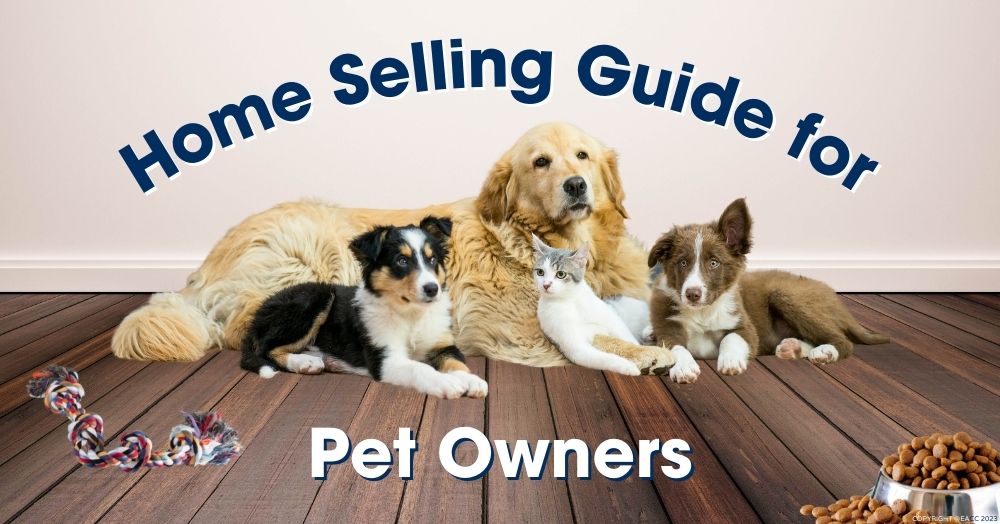Don’t let your beloved family pet stop you from achieving top selling price for your property. Follow these tips to ensure buyers don’t get sniffy about making an offer on your home.
Given that 62% of British households have a pet*, you might assume buyers wouldn’t bat an eyelid at the prospect of viewing a property where a furry or feathered friend resides.
But many property hunters are put off when they visit a home where there are obvious signs and smells of pets.
The reasons for this aversion to animals can vary; a buyer may have an allergy, have had a bad experience in the past, or love their own animals, just not other people’s.
Whatever the rationale, as first impressions are so important when selling a property, it’s best to get rid of, or at least minimise, the signs of pet life in your home. Here’s how:
Prepare your property for sale
- Give your home a deep clean to remove dirt, paw prints and animal hair; this will hopefully reduce pet odours, too. While your home is on the market, be super vigilant regarding cleanliness.
- Repair any damage caused by your pets, such as chewed or scratched woodwork, mucky skirting boards or holes dug in the back garden.
- Ensure all pet toys, bedding, litter trays, crates and food bowls are out of sight when the marketing photographs are taken.
- If there are pet items that you can’t hide from view, at least ensure they’re neatly organised.
- Devise a plan for managing viewings because, ideally, you don’t want your pets at home when buyers turn up. Arrange for your pets to stay with a friend or pet sitter or lodge at a kennel or cattery while open days and viewings occur.
On the day of a viewing
- Transport your pet to wherever they’ll be staying for the day.
- Minimise signs of pet life from display.
- Light a few scented candles to mask any pet odours.
- Check the back garden to make sure there are no droppings.
For more advice about presenting your home for sale, contact us here at Hi Residential.
*Statista, 2022.






